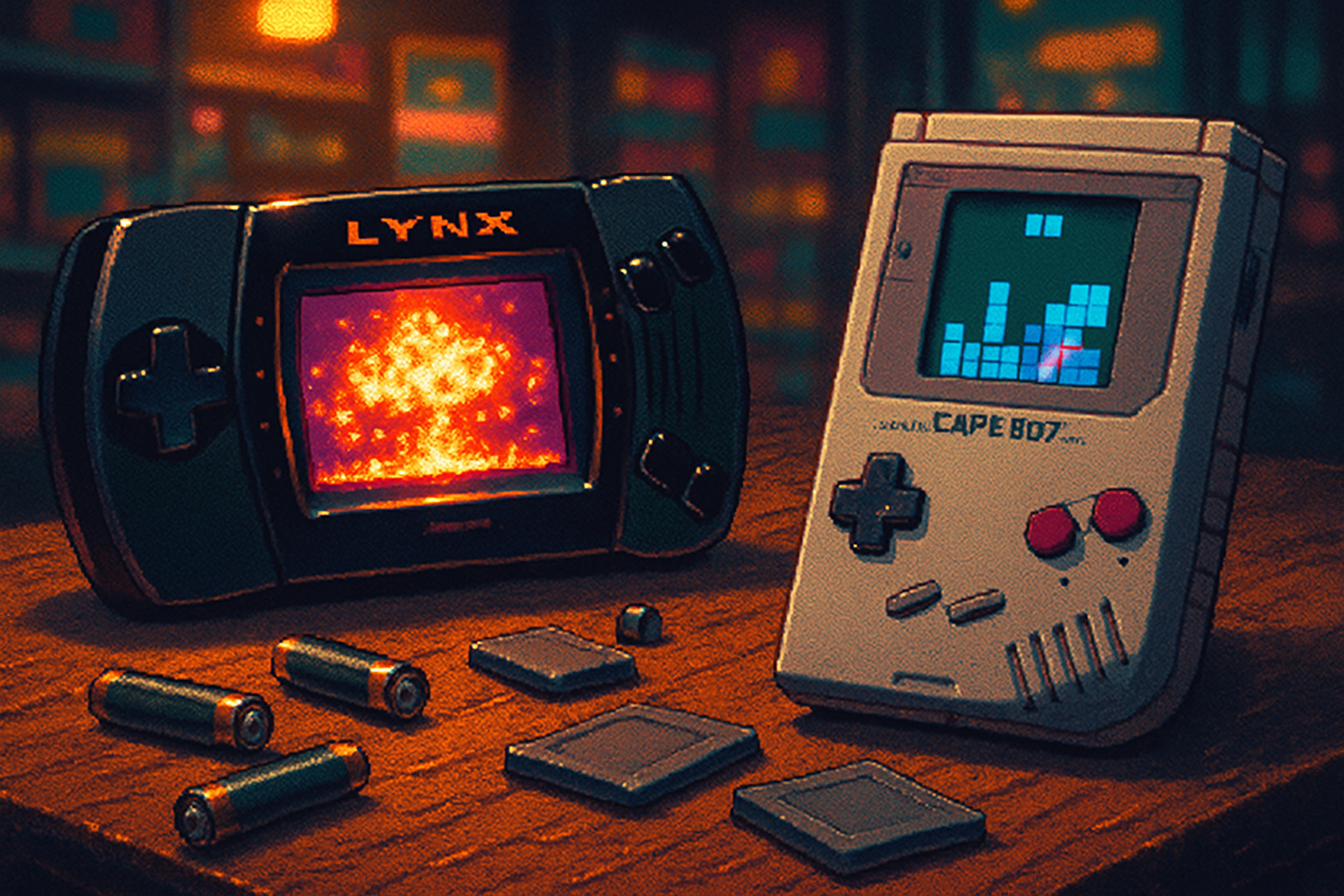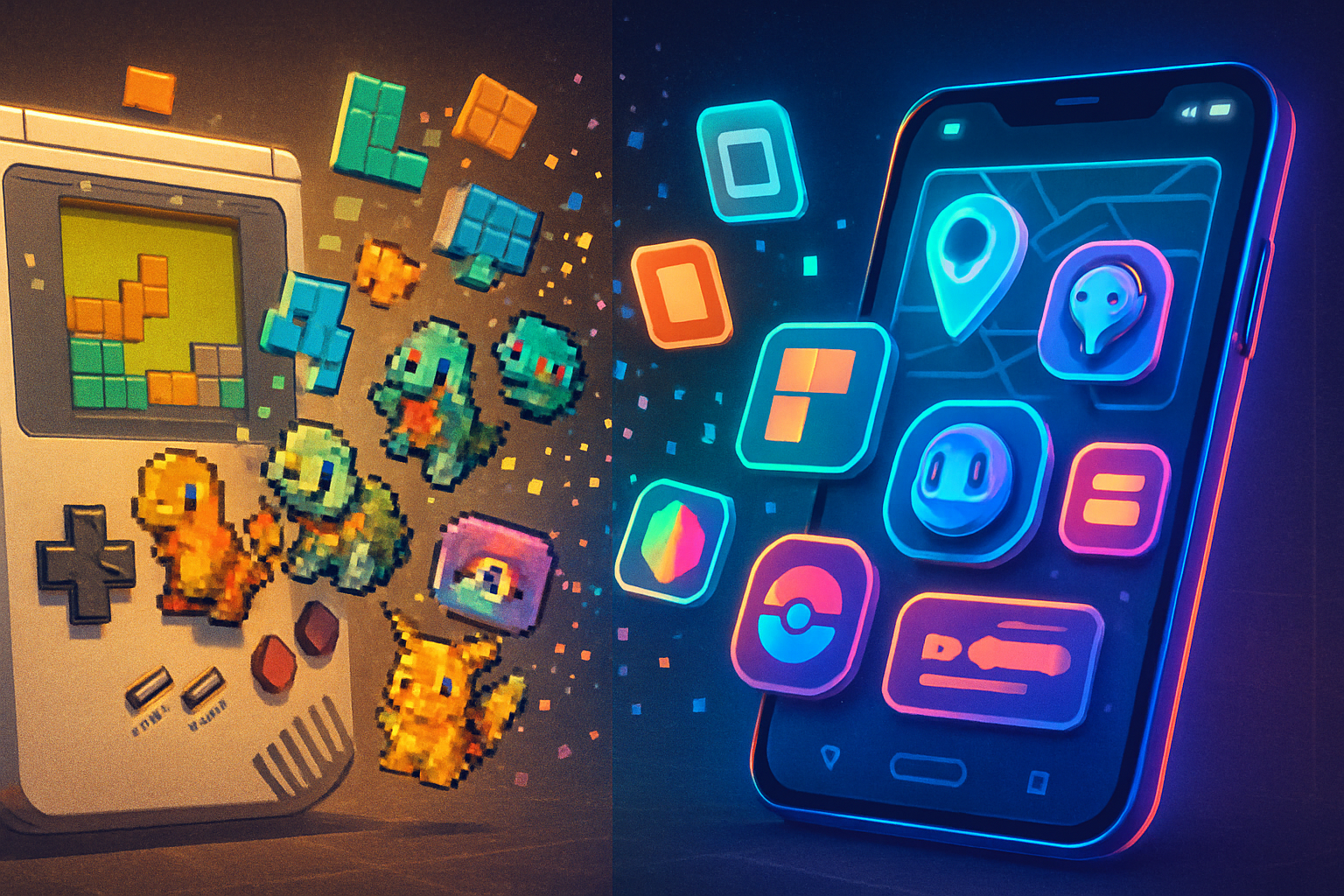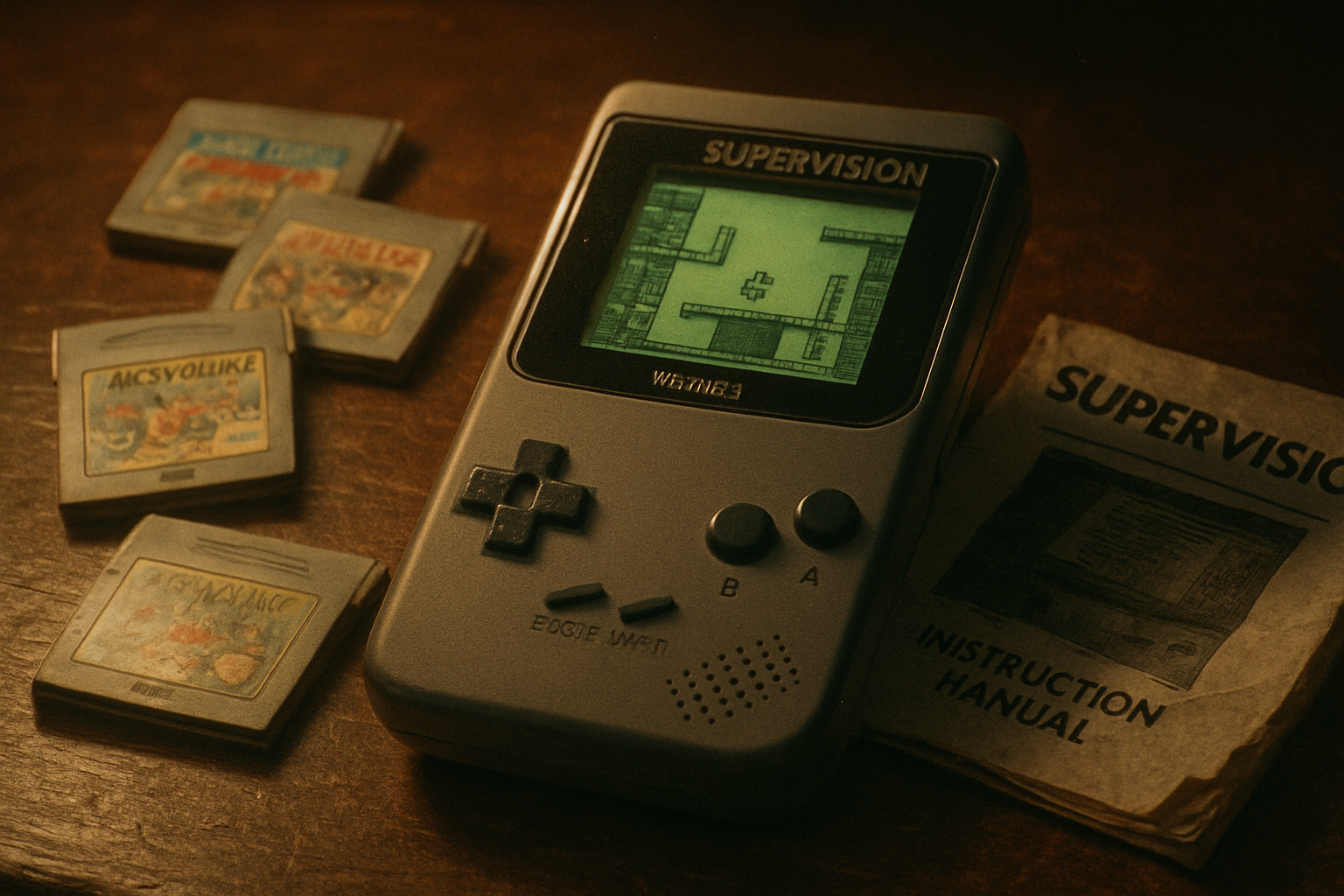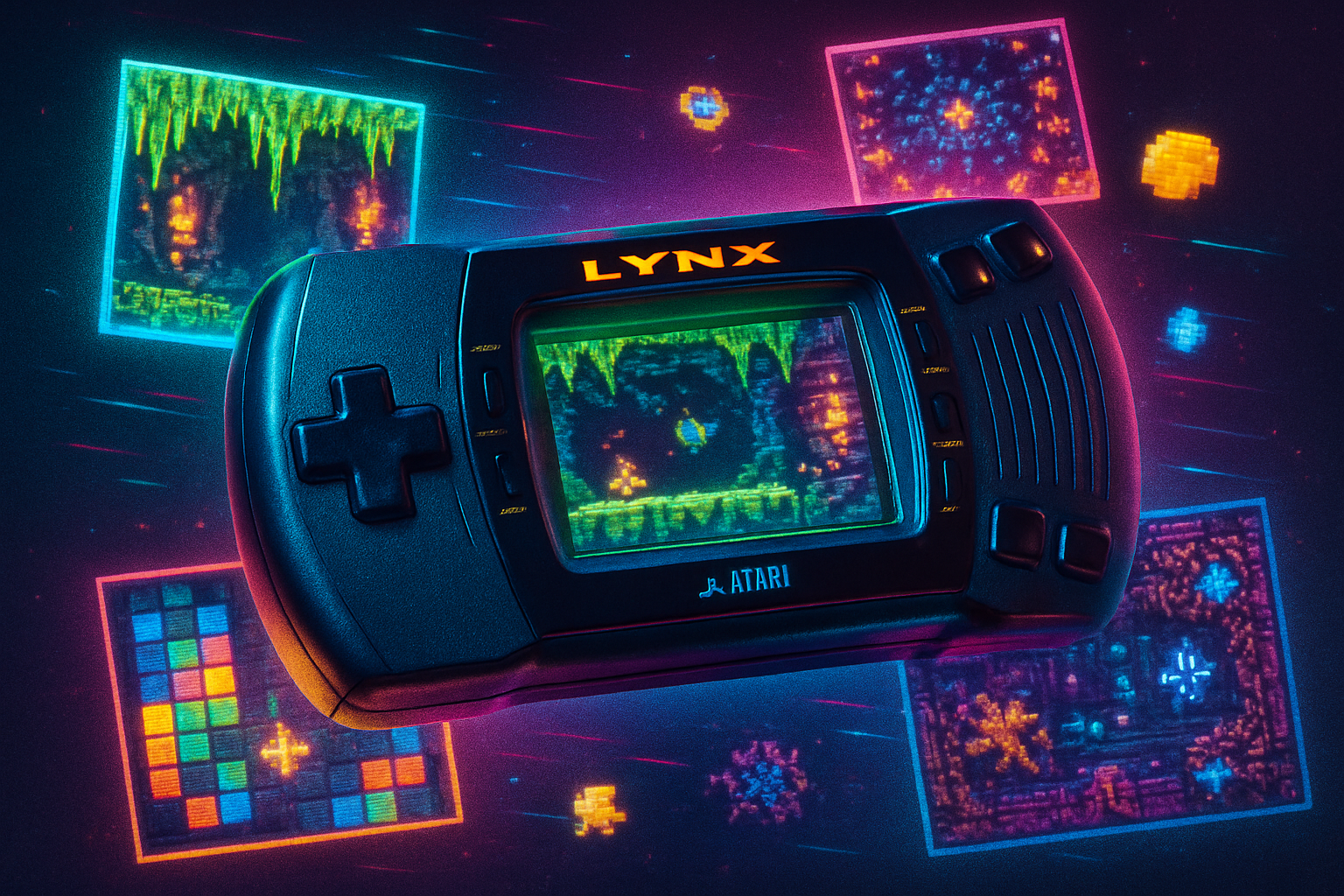· retrogaming · 6 min read
Against All Odds: The Game Boy's Journey from Obscurity to Iconic Status
The Game Boy launched into a skeptical market and faced technically superior rivals, poor early traction, and internal Nintendo doubts - yet it became one of the most influential consoles ever. This post traces that unlikely ascent and draws lessons about product design, timing, and the unpredictable nature of success in gaming.
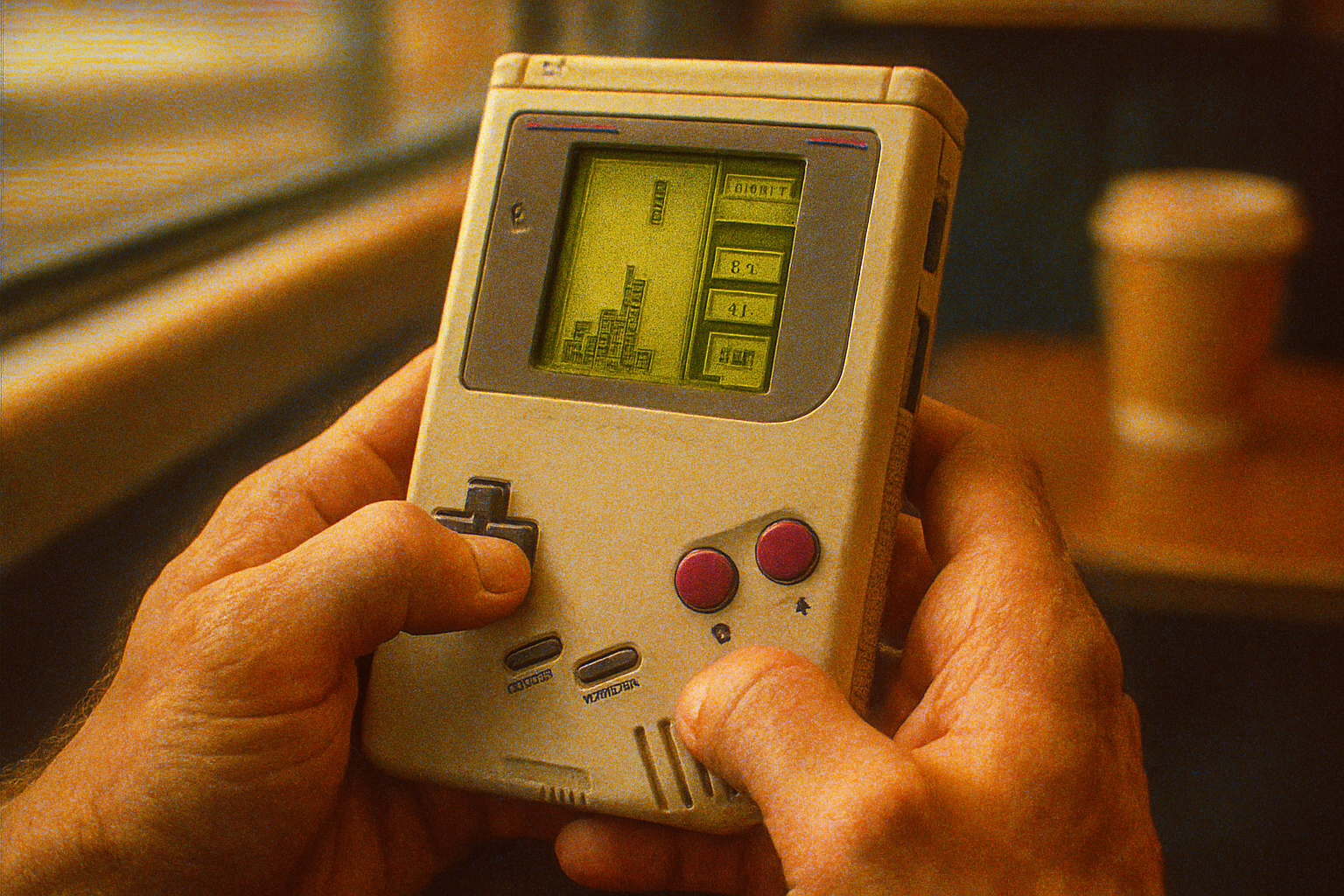
Introduction
When Nintendo launched the Game Boy in 1989 it was neither the most powerful nor the flashiest handheld on the market. Its monochrome screen, modest specs and simple plastic shell hardly screamed ‘revolution’. Yet over the next decade the Game Boy - led by an unlikely partnership with Tetris, brilliant design trade-offs from Nintendo’s Gunpei Yokoi, and a deep library of games - went from middling early sales to cultural icon.
This post traces that improbable arc: the early struggles, the choices that mattered, the competitors it outlasted, and the lessons the Game Boy’s success offers to anyone building products where uncertainty is the only certainty.
A rocky beginning
The Game Boy (model DMG-01) launched in Japan on April 21, 1989, arriving later that year in North America and in 1990 for Europe. At launch it faced skepticism. Critics and consumers had seen handhelds with color displays and superior specs - notably the Atari Lynx and Sega Game Gear - and the Game Boy’s monochrome screen and relatively low processing power made it appear underpowered by comparison [https://en.wikipedia.org/wiki/Game_Boy].
Early sales were modest. That hesitancy reflected two things: (1) many buyers equated technical specs with quality, and (2) competing products offered immediate visual appeal. For a time, the Game Boy looked like it might be outmatched.
Design by constraint: deliberate trade-offs
Gunpei Yokoi, Nintendo’s hardware visionary, championed what he called “lateral thinking with withered technology.” Rather than chase bleeding-edge components, Yokoi favored mature, inexpensive technology used in new ways. The Game Boy is a textbook case: a compact, robust device with a long battery life and a modest price point [https://en.wikipedia.org/wiki/Gunpei_Yokoi].
Key trade-offs that mattered:
- Monochrome LCD rather than power-hungry color displays - meant up to ~15 hours of play on four AA batteries, a dramatic advantage over rivals.
- Simple, durable casing - made the unit inexpensive to produce and resilient to real-world use (a reputation the Game Boy still enjoys).
- Affordable price point - lowered the barrier for purchase for parents and casual gamers.
These intentional choices shifted the product’s value proposition from “most powerful handheld” to “dependable, portable gaming you can rely on anywhere.”
Tetris: the masterstroke of bundling
No single factor explains the Game Boy’s turnaround more than Tetris. Nintendo bundled Alexey Pajitnov’s addictive puzzle game with the handheld (in many regions), and the match was almost uncanny: a pick-up-and-play puzzle designed for short sessions, perfect for commuting, waiting rooms, and short breaks.
Tetris turned the hardware into a must-have social object. Families and friends swapped cartridges, compared high scores and passed the single-screen device back and forth. That social, portable play cemented the Game Boy not just as a toy, but as a daily habit-forming device. The lesson: the right bundled experience can define a platform the way a single killer app did for others [https://en.wikipedia.org/wiki/Tetris].
Competition and market dynamics
The market had several technically superior alternatives. The Atari Lynx (color, advanced hardware) and Sega Game Gear (color, superior sound) both offered richer graphics. But both suffered from short battery life, higher price tags, and smaller or weaker libraries. They also lacked Nintendo’s developer relationships and first-party talent.
Over time the Game Boy’s strengths produced a feedback loop:
- More users attracted more developers.
- More games led to more buyers.
- A robust library and enduring themes (puzzles, platformers, RPGs) widened its appeal beyond the early adopter niche.
Slow burn into cultural ubiquity
What looks like overnight success is often a long, compound process. The Game Boy’s sales grew steadily as word-of-mouth, the expanding software catalog, and more affordable variants (Game Boy Pocket, Game Boy Color later on) broadened the addressable market.
By the time Nintendo had refreshed the line and added color, the platform had become synonymous with portable gaming. The Game Boy family (including the Game Boy Color) sold over 118 million units worldwide - a testament to how a persistent market fit and network effects can compound success [https://en.wikipedia.org/wiki/Game_Boy].
Durability, community, and cultural impact
The Game Boy’s legacy goes beyond sales. It became culturally embedded:
- It turned gaming into a portable, social medium - people played anywhere, and handheld multiplayer (link cables) made direct social competition easy.
- Its durability became legendary - stories of Game Boys surviving drops, spills and years of use helped build a mythos around the product.
- It enabled genres to flourish - portable RPGs, puzzle games and quick sessions that shaped future mobile and handheld design.
Lessons in unpredictability and product strategy
The Game Boy’s story offers several practical lessons:
Specs aren’t destiny. Prioritizing the right user experience over headline technical metrics can win. The Game Boy’s longevity came from playtime, price and portability - not pixel count.
Bundling matters. A perfect or near-perfect initial experience (here, Tetris) can convert skeptics and create network effects quickly.
Durable advantages aren’t always obvious. Battery life, price, developer relationships, and a growing software catalog are durable assets that compound over time.
Embrace constraints creatively. Limited, reliable tech often yields more predictable user experiences than cutting-edge parts that create new failure modes.
Success compounds slowly. Initial traction can be modest - patient iteration, strong software partnerships and word-of-mouth can push a product from niche to mainstream.
Applying these lessons today
In modern product development - whether you’re shipping hardware, building a game, or launching an app - the Game Boy’s example is timely:
- Focus on the core value that will matter daily for users (e.g., battery life, speed, simplicity).
- Consider bundling or offering a compelling out-of-the-box experience to accelerate adoption.
- Don’t over-index on specs that don’t translate to actually better experiences for users in real contexts.
Conclusion
The Game Boy wasn’t the flashiest handheld at launch. It didn’t have the best screen or the most processing power. What it had was an uncompromising focus on portability, affordability, durability and a killer bundled experience. Those choices - deliberate and sometimes humble - turned early skepticism into a decades-long legacy.
The Game Boy teaches an enduring lesson: success in gaming (and product markets broadly) is rarely predictable. It’s often the result of smart trade-offs, the right partnerships, and persistence. Against the odds, the Game Boy became more than a device; it changed how and where people play.
References
- Game Boy - Wikipedia: https://en.wikipedia.org/wiki/Game_Boy
- Tetris - Wikipedia: https://en.wikipedia.org/wiki/Tetris
- Gunpei Yokoi - Wikipedia: https://en.wikipedia.org/wiki/Gunpei_Yokoi
- Atari Lynx - Wikipedia: https://en.wikipedia.org/wiki/Atari_Lynx
- Sega Game Gear - Wikipedia: https://en.wikipedia.org/wiki/Game_Gear
